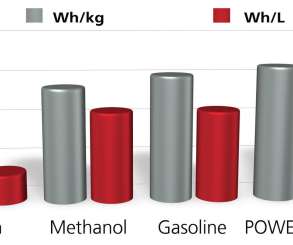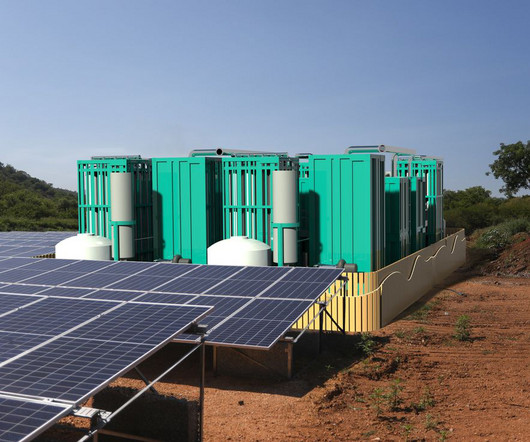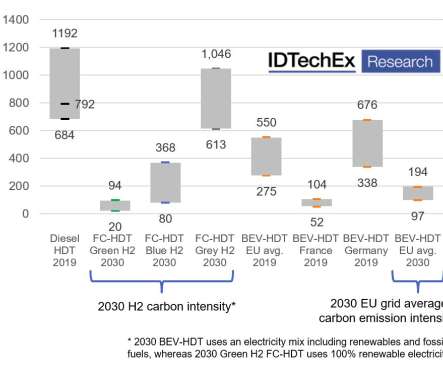Researchers split seawater without pre-treatment to produce green hydrogen
Green Car Congress
FEBRUARY 2, 2023
Researchers from the University of Adelaide and Tianjin University have successfully split seawater without pre-treatment to produce green hydrogen. The use of vast amounts of high-purity water for hydrogen production may aggravate the shortage of freshwater resources. A paper on the work is published in Nature Energy.










































Let's personalize your content